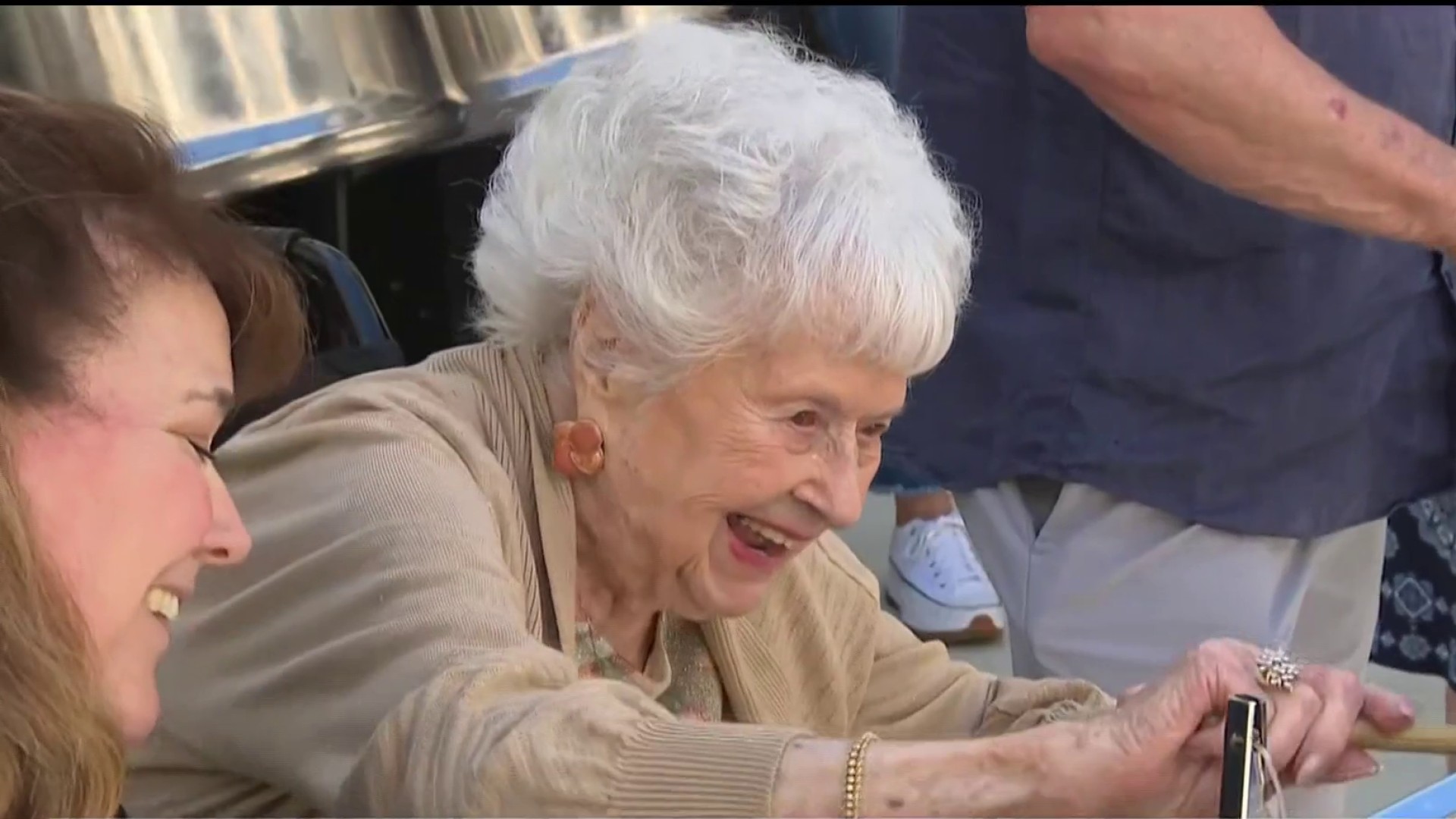Criminals use many different ways to try and steal your money. Wire transfers are a common way they ask for you to send them money that is almost impossible to recover. Now, a new MoneyGram settlement with the FTC is giving people a chance to try and get some of their money back.
"It enabled people to get your money quickly and enables them to stay anonymous," said Todd Kossow, the FTC Regional Director.
In 2009, MoneyGram made a settlement with the FTC, agreeing to make it harder for criminals to use their services.
"It required them to have a comprehensive anti-fraud program," Kossow said.
Get San Diego local news, weather forecasts, sports and lifestyle stories to your inbox. Sign up for NBC San Diego newsletters.
The company was supposed to vet their agents more, train them about signs of scams, and try to catch agents involved in the scam. In 2018, the FTC and other federal agencies thought MoneyGram had not followed the 2009 order. Kossow says known fraudsters were still allowed to still pick up money.
Now there's a new $125 million settlement with the FTC and MoneyGram. The commission claimed MoneyGram had not done what it agreed to do to fight fraud. If you fell victim to fraud and sent money via MoneyGram, here's how you can file a claim to get your money back.
If you did not receive a pre-filled form in the mail, but still lost money between January 1, 2013 and December 31, 2017, visit MoneyGramRemission.com.
In order to qualify you must have made the transfer from inside the United States and used your own name on the transfer.
Additionally, you will need to provide your social security number to confirm with the Department of Justice and the Treasury Offset Program to verify you don't owe money to the Federal Government. If you do, your claim could be reduced by the amount you owe.
The process is also slow as they confirm that people who apply do qualify. The FTC says it will take at least a year to review and verify those claims.
"We want to make sure that people who are getting the money back really did make these transfers," Kossow said.
You can find a list of frequently asked questions about the program here.



